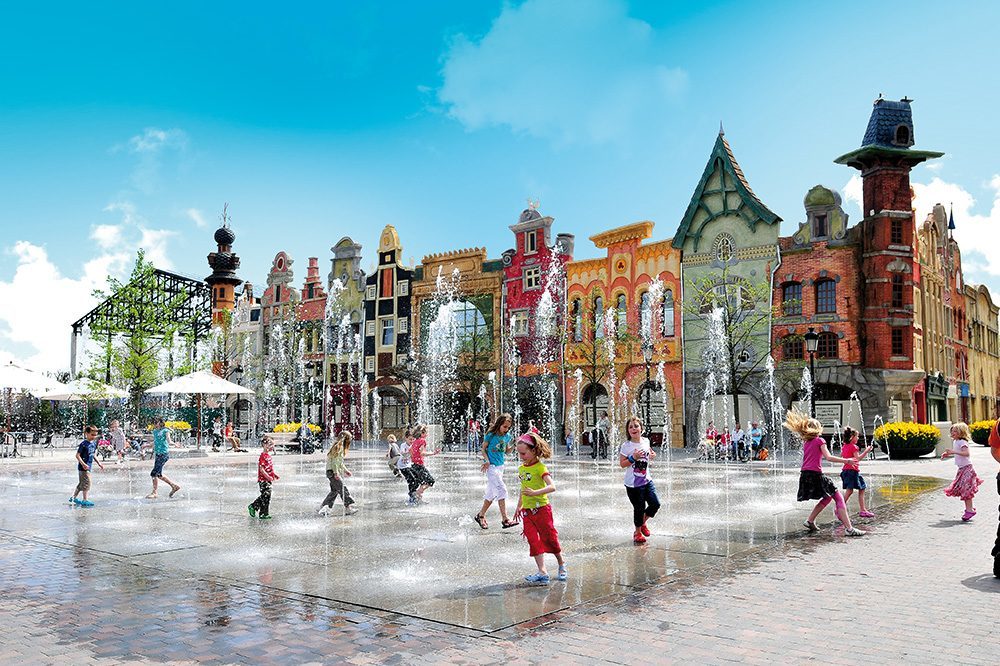
Die Geschichte von Jeanne Panne
Jeanne Panne, geboren als Jeanne de Deyster, war die Tochter von Jan de Deyster und Cathelijne Goossen. Jan de Deyster wurde in dem Polderdorf Sint-Joris, einem Ortsteil von Nieuwpoort, der Zauberei verdächtigt.
Jeanne de Deyster heiratete 1617 Jan Panne, einen Bäcker in der Saint-Mariestraat, der heutigen Recollettenstraat. Von den 11 Kindern, die Jeanne zur Welt brachte, starben 10 eines natürlichen Todes. Nur Joorkin wurde verschont.
Jeanne war keine Analphabetin. Sie war eine intelligente Frau, die es sogar wagte, die Weizensteuer zu hinterziehen.
Ihr Mann starb, als Jeanne Anfang fünfzig war. Außerdem hatte Mutter Natur Jeanne auch nicht verwöhnt. Sie hatte Muttermale, Eitergeschwüre und einen roten, runden Fleck unter ihrer rechten Augenbraue.
Jeanne de Deyster wurde von Jan Jacobs und der Mutter von Ryckewaert Schroo als Hexe denunziert. Sowohl Ryckewaert Schroo als auch Jan Jacobs' Tochter starben nach einem Besuch bei Jeanne.
Am 10. Mai 1650 wurde sie nach ihrer Verhaftung vom Bürgermeister und den Schöffen auf die Folter gespannt. Bevor sie in den Kragen gelegt wurde, wurde sie untersucht. Dabei wurde ein runder Fleck unter ihrer rechten Augenbraue entdeckt. Dieser Fleck erwies sich als undurchdringlich für Nadelstiche, was zu der Annahme führte, dass Johanna das „stigma diabolicum“, das Zeichen des Teufels, trug. Dies bedeutete, dass Johanna einen Pakt mit dem Teufel geschlossen hatte. Sie wurde um 11 Uhr morgens in den Kragen gelegt.
Am 14. Mai 1650, vier Tage nachdem Jeanne auf die Folter gespannt worden war, gestand sie die Vorwürfe. Noch am selben Tag wurde sie dazu verurteilt, auf dem Scheiterhaufen verbrannt zu werden.
Zwei Tage später wurde das Urteil vollstreckt.
Am 30. Juni 2012 wurde Jeanne Panne, wie auch andere Opfer der Hexenprozesse in Nieuwpoort, mit einer Gedenktafel posthum von allen Anschuldigungen freigesprochen. Auch eine Skulptur von Jeanne wurde aufgestellt.
Locatie
Willem de Roolaan
8620 Nieuwpoort
Plopsaland De Panne
In diesem Freizeitpark an der belgischen Küste tauchen Sie ein in die wunderbare Welt von Studio 100. Bumba, Mega Mindy und viele andere stehen bereit, um Ihnen einen unvergesslichen Tag zu bereiten!
Naturreservat 'De IJzermonding
In diesem wunderschönen Naturschutzgebiet ereignet sich ein einzigartiges Phänomen. Die Ijzer ist der einzige belgische Fluss, der direkt in die Nordsee mündet.
Kinderbauernhof De Lenspolder
Auf diesem Kinderbauernhof können Kinder das echte Landleben kennenlernen. Hier können sie landwirtschaftliche Produkte entdecken und auch selbst verarbeiten.
De Rotonde
Egal, ob Sie Architektur lieben oder nicht, Sie können Westende einfach nicht besucht haben, ohne das Grand Hôtel Belle Vue, besser bekannt als 'De Rotonde', bewundert zu haben.
Bellewaerde
Suchen Sie eine unterhaltsame Aktivität für die ganze Familie? Dann ist Bellewaerde genau der richtige Ort! Es ist nicht nur ein Vergnügungspark, Sie können dort auch eine Vielzahl schöner Tiere bewundern!














